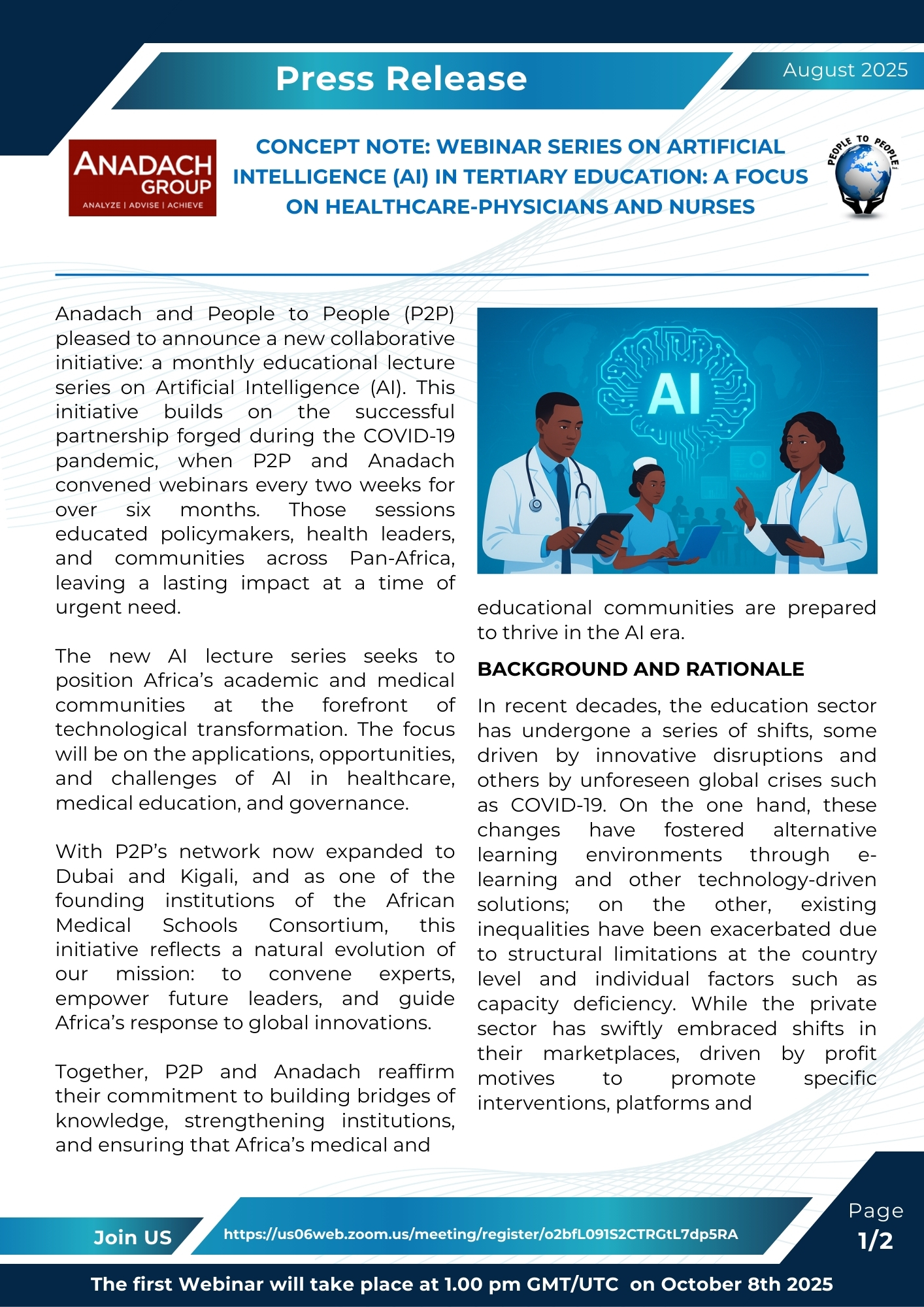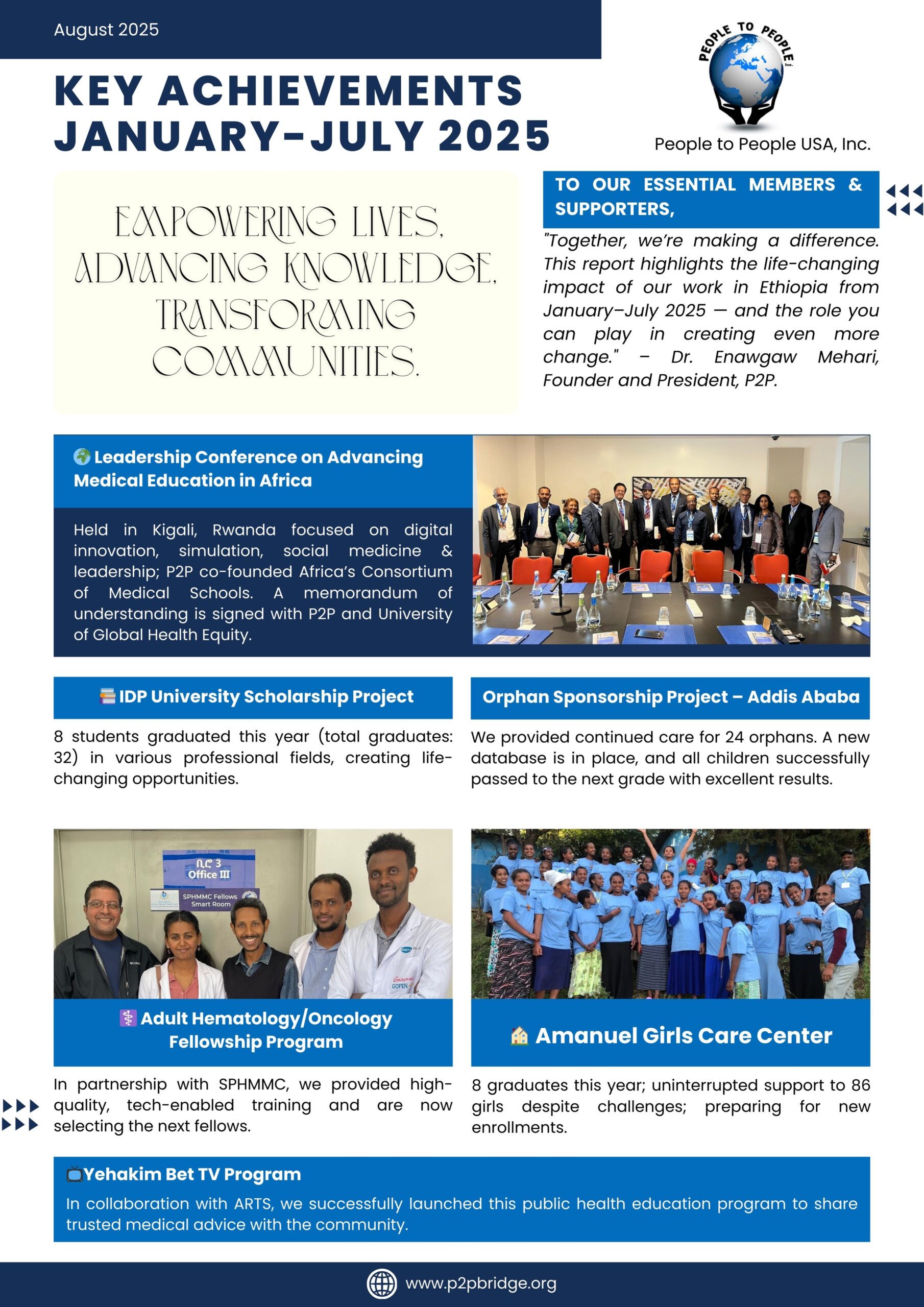Zelalem H. Mekuria DVM, PhD.
Post-doctoral Scholar, School of Veterinary Medicine
Louisianan State University, Baton Rouge, LA
History has it, that infectious diseases spared no country, social order or religious groups. The sheer magnitude sickness, suffering and deaths as a result were difficult to measure. Writers, philosophers and elites of the past have sampled some of the historical apocalypses in their work, while archeologists unearthed artifacts that are reflective of the then struggle, loss of life, as well as early attempts of disease prevention. These records suggest that infectious diseases existed as long as the human history itself (1, 2).
The devastations caused by the Spanish flu, bubonic plaque, and small pox epidemics are ascribed in the annals of history. However, since the great Edward Jenner conceived the idea of vaccines, we have succeeded in controlling the outbreak of infectious diseases. In addition, the last century was marked by the discovery of antibiotics, which have greatly advanced the global effort of controlling epidemics. Despite all the progress, humanity still deals with problems of the Old Testament time. In this piece, I would like to identify two ancient pathogens that have managed to complete the long well documented inter-millennial journey to the present time, and continue to causes death and suffering particularly in the developing world. I will also highlight the role of wildlife/animal reservoirs in this process and project “one health” approach as a pertinent future strategy for the control/prevention of infectious diseases.
The ancient Hebrew word Schachepeth (literal meaning wasting disease) in Deuteronomy and Leviticus is believed to be a biblical reference for Tuberculosis (TB), suggesting a pre-Christ existence (3). Archeological findings and the description of the lesions date back to predynastic Egypt (5000-5500 years) (1). However, modern molecular dating techniques allowed researchers to accurately estimate the age, which showed the current strain of Mycobacterium tuberculosis to have been around for 15,000 – 20,000 years within the human populations (4). Despite old age, the fact remains that 1.8 million people die annually from TB. The multifactorial nature of constraints surrounding global, national and regional TB control programs makes management somewhat problematic. The problem ranges from inadequacy and an outdated nature of diagnostic methodology, spreading of multi-drug resistant strains, poor socioeconomic condition, and high HIV co-infections rates. These factors are only a few of the limitations in the fight against TB.
The second historical enemy is rabies, which has been accurately recognized in the ancient Mesopotamian document called the “codex Eshnunna”. In one of the articles, it stated that “if a person is bitten with dog showing rabies symptoms, and then later died, then the owner of the dog is to be heavily fined”(5). As result, the codex Eshununna is seen as the earliest fossil record of rabies virus circulation in humans and animals well before 2000 BC. It is one of the earliest attempts by humanity to legislate a public health issue. Fast forward to our time, rabies continues to be responsible for 59, 000 deaths each year, and about 95% of the cases are in African and Asian countries(6).
The most important commonality between the two infectious agents (Mycobacterium tuberculosis complex and Rabies virus) is that they crossed the host-specific barriers and effectively formed a multi-species adaptation. Owing to their successful story, attainment of such phenotype was perhaps an advantageous evolutionary path. For rabies, genomic plasticity, ability to produce many different genetic variants, allowed it to infect a range of hosts. By contrast, the different lineages of TB have diverged by fifteen to twenty thousand years, but each one of them maintained a zoonotic potential. Recent studies on the highly human adapted strain of Mycobacterium tuberculosis, demonstrated an ability to infect a Bovine species and has created an additional challenge to the puzzle (7).
The ability to form a multi-species adaptation may seem a simple one, but it has significant ramifications that a pathogen able to infect multiple species may require transmission by multiple hosts. The consequence of this phenomenon is a very complicated pathogen biology with varying level of virulence and increasing the epidemiological risk factors to human exposure. For diseases like Rabies and TB, having a plethora of wildlife reservoirs creates cryptic sources of infection which are not accessible by regular monitoring, surveillance, control and eradication programs. In addition, the ecological complexities of these cryptic hosts facilitate considerable amount of persistence in the environment. On the other side, the direct impact of these infections on wild life and conservation efforts of endangered animal species is also paramount. A notable example in this regard is the case of an Ethiopian wolf (Canis Simensis), where successive rabies outbreaks reduced the population of rarest canid species in the world close to extinction (8).
It may be hard to empirically justify, however, incidence of infectious disease spill-overs from wildlife to humans or from humans to wildlife is on the rise. The direct repercussions of human expansionism to new unexplored geographic territories, not only made us prey to old foes, but also increased the odds of exposure to infectious agents which were not native to us. This supposition is evidenced by the ever-increasing number of emerging infectious diseases from a wildlife origin. Here, some may argue with the advent of contemporary and real time diagnostic tools, we are only becoming better in identifying what has already existed. However, the scientific consensus seems to underscore the need for rigorous prediction, timely detection and well primed response capacities in areas where a convergence of risk factors may facilitate infectious diseases spillovers. It is also very important to note 75% of newly emerging, and re-emerging human pathogens are from wildlife/animal origins. Hence, such problems need to be tackled at the interface of human, animal and the environment. In this regard, “one health” “one medicine” is an approach/initiative which emphasizes collaborative management of health problems which otherwise are too heavy for any single discipline. The notion of one health relies on the principles that human, animal and environmental health are one continuum. It identifies the interfaces in each of the three to tackle some of the most sought-after health questions.
One health is a modern and holistic collaboration to mitigate the impact of infectious diseases and beyond. Both the World Health Organization and its animal health equivalent World Organization for Animal health have endorsed and strategized an operational framework for one health implementation at multiple fronts. One example of such efforts is on anti-microbial resistance (AMR). At the core of AMR problems lays a broad stewardship issues shared over multiple disciplines that can only be addressed using one health. Singling out the case of antibiotics, heavy usage of these agents had occurred since their discovery a few decades ago. Subsequently, an extensive use had occurred in animal health, agriculture and in the food processing industries. As result, the norms and guidelines of prudent uses of these compounds greatly vary among trained professional of the different disciplines. Although resistance to antimicrobials can develop naturally, inappropriate use of antibiotics has accelerated the rate at which it occurs. Recent reports indicate that by 2050 as many as of 10 million people could be affected from infection by micro-organisms that have already developed antimicrobial resistance (9). Current data from the Center for Disease Control, USA, and the European equivalents showed that every year around 50,000 individuals die from infection by antimicrobial-resistant bugs.
So, how can one health approach be implemented to address such momentous tasks? For all practical purposes, it works under the framework of local, regional and international health, agricultural and academic institutions. As a multi-sectoral enragement, one health benefits from measured synergetic impact of combining detailed but distinct hard science disciplines such as ecology, epidemiology, veterinary, pharmacy, medicine with others that have logistical, legal, regulatory and managerial expertise. This unique aspect of integrating multi-disciplinary inputs is being increasingly acknowledged worldwide as the most constructive way of addressing health problems at the interface of human, animal and the environment.
References
- Barberis I, Bragazzi NL, Galluzzo L, Martini M. 2017. The history of tuberculosis: from the first historical records to the isolation of Koch’s bacillus. Journal of preventive medicine and hygiene 58:E9-E12.
- Konomi N, Lebwohl E, Mowbray K, Tattersall I, Zhang D. 2002. Detection of Mycobacterial DNA in Andean Mummies. 40:4738-4740.
- Daniel VS, Daniel TM. 1999. Old Testament Biblical References to Tuberculosis. Clinical Infectious Diseases 29:1557-1558.
- Brosch R, Gordon SV, Marmiesse M, Brodin P, Buchrieser C, Eiglmeier K, Garnier T, Gutierrez C, Hewinson G, Kremer K, Parsons LM, Pym AS, Samper S, van Soolingen D, Cole ST. 2002. A New Evolutionary Scenario for the Mycobacterium tuberculosis Complex. Proceedings of the National Academy of Sciences of the United States of America 99:3684-3689.
- Dunlop RH, Williams D. 1996. Veterinary medicine: an illustrated history. Mosby-Year Book, Inc.
- Beyene TJ, Mourits MCM, Kidane AH, Hogeveen H. 2018. Estimating the burden of rabies in Ethiopia by tracing dog bite victims. Plos one 13:e0192313.
- Ocepek M, Pate M, Žolnir-Dovč M, Poljak MJJocm. 2005. Transmission of Mycobacterium tuberculosis from human to cattle. 43:3555-3557.
- Stuchin M, Machalaba C, Olival K, Artois M, Bengis R, Caceres-Soto P, Diaz F, Erlacher-Vindel E, Forcella S, Leighton Fjrstoie. 2018. Rabies as a threat to wildlife. 37:341-357.
- O’Neill. 2014. Review on Antimicrobial Resistance Antimicrobial Resistance: Tackling a crisis for the health and wealth of nations. London: Review on Antimicrobial Resistance https://amr-review.org/sites/default/files/AMR%20Review%20Paper%20-%20Tackling%20a%20crisis%20for%20the%20health%20and%20wealth%20of%20nations_1.pdf.
- https://www.who.int/features/qa/one-health/en/
- http://www.oie.int/en/for-the-media/onehealth/
- https://www.ecohealthalliance.org/program/predict ; PREDICT is a project of USAID, emergency pandemic threats (EPT) program, initiated in 2009 to strengthen global capacity for detection and discovery of viruses with pandemic potential that can move between animals and people.
- https://globalonehealth.osu.edu/about-us ; Initiated in 2009, The Global One Health initiative connects Ohio State to Ethiopia, Kenya, Tanzania, Mexico, Brazil, Thailand, China, India and beyond in a coordinated, multidisciplinary approach to improve health, build capacity, and provide learning opportunities for students across the globe.
One health conference links
- https://icophai.org/home ; International Congress on Pathogens at the Human-Animal Interface (ICOPHAI)
- http://www.onehealthinitiative.com/events.php
One health related TED talks
- https://www.youtube.com/watch?v=weXJBFai5Os ; As man disrupts the natural systems it disrupts the health of other living things which in turn cause problems that were not obviously predictable.
- https://www.youtube.com/watch?v=qm8NnL582uc; Tracey McNamara shares her groundbreaking work in veterinary pathology and promotes the advancement of zoonotics, the study of disease as it spreads from animals to people.
- https://www.youtube.com/watch?v=2tBuvxXxlS4; Barbara Natterson-Horowitz shares how a species-spanning approach to health can improve medical care







